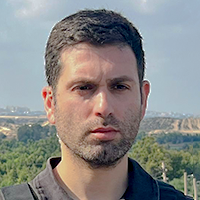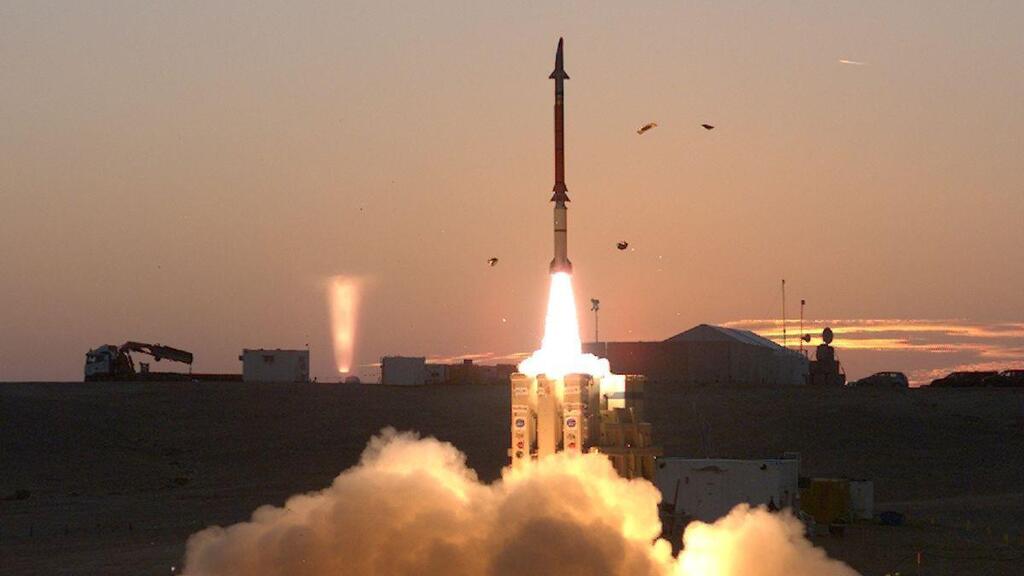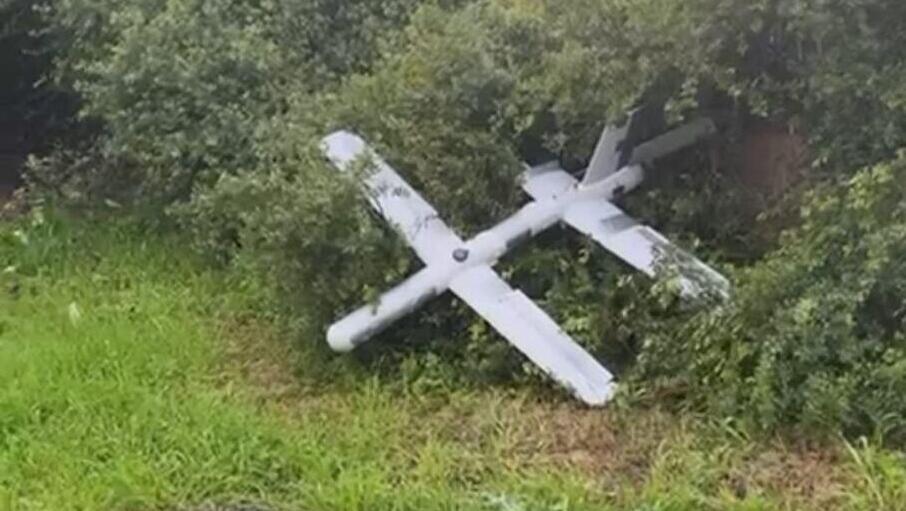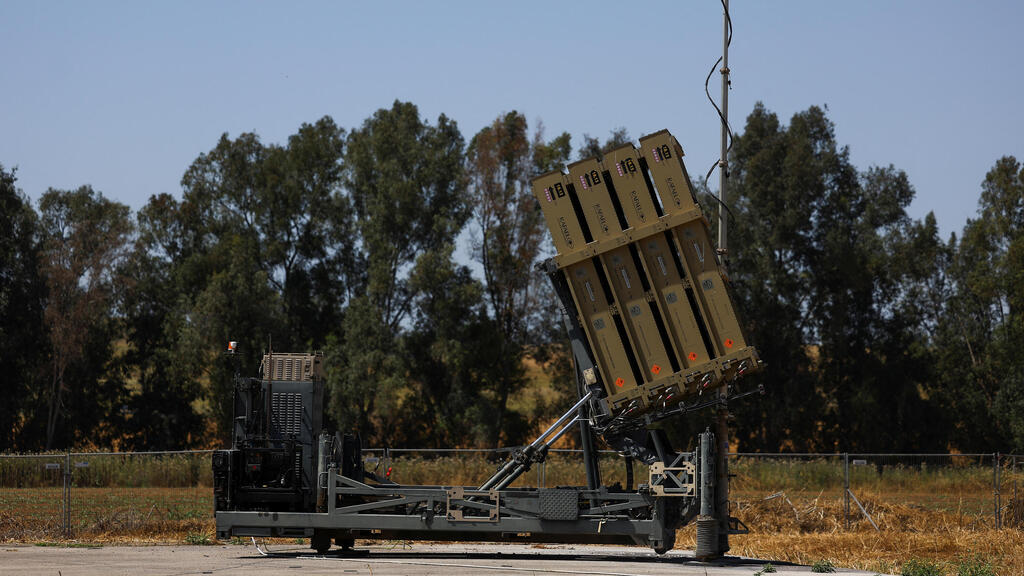The recent demonstration of Hezbollah's capabilities, which have intensified in recent weeks, still represents only a small fraction of the Iran-backed terror group’s aerial arsenal which the IDF believes to include an array of precision munitions supplied mainly by Iran over the past decade, or weapons that have undergone upgrade and modifications based on lessons learned in the conflict.
According to the IDF’s Air Defense Command’s data, Hezbollah launched fewer projectiles at Israel than Hamas had fired from Gaza since October 7.
Israel was attacked by a total of some 19,000 rockets, missiles and drones fired from Lebanon Syria, Iraq, Iran, Yemen and Gaza. Around 150 of the thousands of suicide drones launched at Israel from all fronts have been intercepted by the Air Defense Command, mainly via Iron Dome batteries.
Unlike previous rounds of fighting, before the current war, the IDF did not release its rate of successful interceptions. The military did not want the information to be used by the enemy to improve its accuracy. But there is little doubt that a full-blown war against Hezbollah would result in significant damage to strategic targets in Israel.
Hezbollah has yet to utilize its hundreds of precision missiles, each capable of carrying up to a ton of explosives; nor has it launched swarms made of dozens or more suicide drones, settling instead for two or three UAVs at a time.
The Lebanon-based terror group has also thus far avoided launching barrages of hundreds of missiles at once at one given target, to overwhelm the missile defense systems at IDF's disposal.
The IDF is most concerned about the terror group’s precision missiles, and accordingly, the Air Defense Command has expanded dramatically. A new Iron Dome battalion was established with soldiers brought on from other units; there has been a roughly 50% increase in dedicated recruitments in recent military induction cycles, and more radars have been deployed in the north — the most sought-after resource due to many instances where detecting drones and activating sirens has been difficult. One such example was the fatal incident in Hurfeish last week, where one reserve officer was killed and others wounded.
The IDF also restored old Vulcano rockets that had been put out of use, that were deployed mainly in the Galilee in an attempt to deal with Hezbollah’s low-flying and slow drones. that cover a range of only a few kilometers, making them hard to detect — let alone intercept. These drones are launched from the cover of brush in South Lebanon's valleys and fly along carefully chosen paths to evade IDF detection.
"We understand that Hezbollah will try to strike our air defense sites in a broad military conflict, to clear the way for attacks on Israel. Therefore, we’re preparing accordingly to protect our air defense systems with various means and methods," military officials said. "We are prepared and our soldiers trained for such an event and have alternative defensive sites to operate from should any be struck. "
The officials said that if and when swarms of drones would target valuable assets deep within Israel, defenses would be able to detect them and respond more effectively than they had closer to the border, because of the longer range.
Air Defense forces have been on high alert since October 7. They have contended with false alarms activating sirens, especially over possible drone attacks. The military has also had to cut down training time for forces because of operational needs.
"The intensity with which we operated against Gaza will be different in the north, and we don’t have the technologies needed to train our troops while they are already operational," the officials said. "Even forces such as the U.S. or Ukrainian militaries which are much larger than the IDF - struggle to respond adequately to drone attacks. There’s no magical solution."







